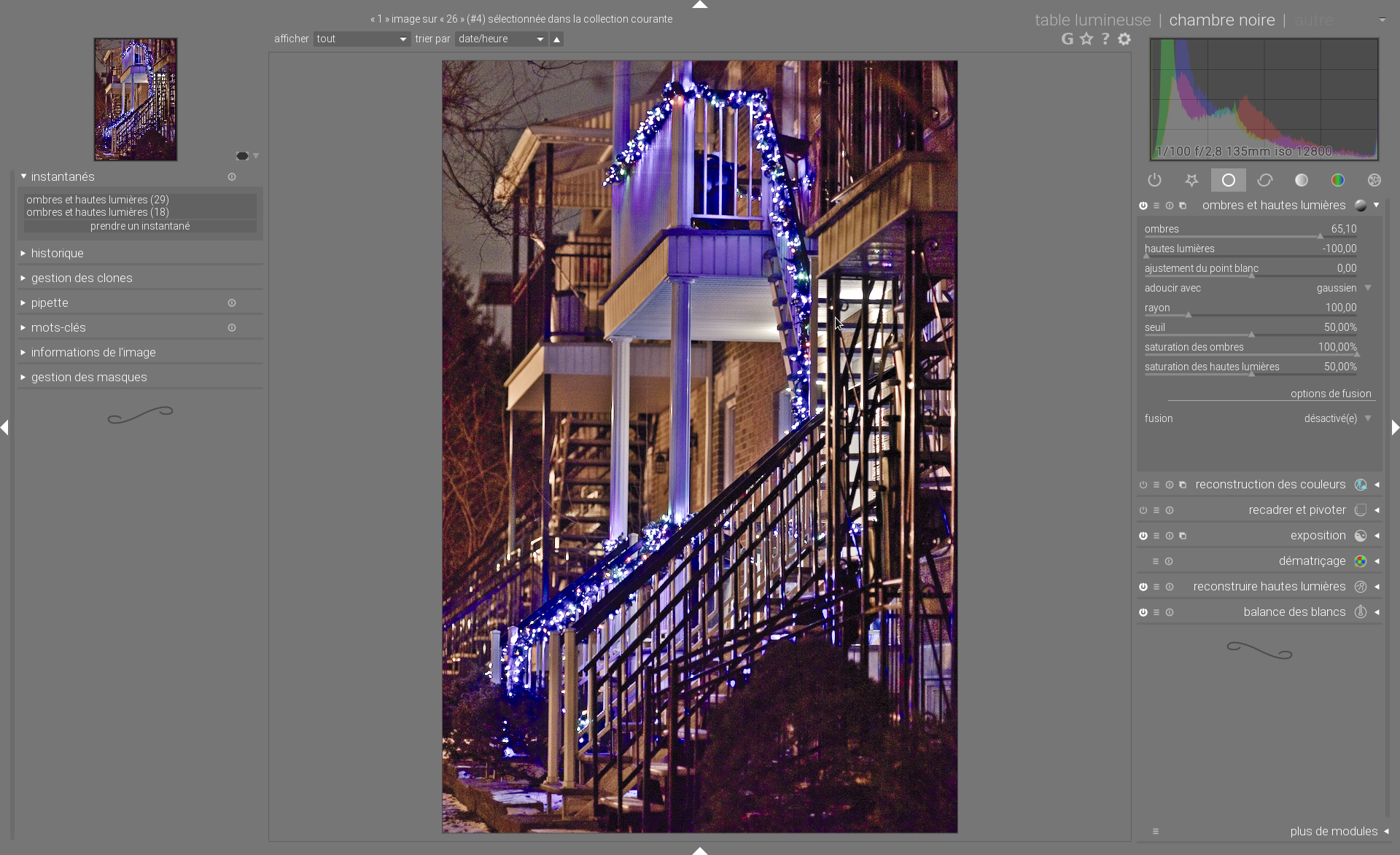Have you tested the shadows&highlight dt module? If so, what's wrong? What is better with rawtherapee? What do you expect from dt?
Please, stay a bit more focused otherwise we won't make progress and we won't be able to follow every issue. Have quite generic issue report like this may waste lot of our time. Thanks.
 DT also dialed back to "Original" and pulled back the highlight slider so clouds don't pop too much. You already can see a big halo going on. Can be somewhat softened by a bigger radius, but I never can eliminate that over-the-top HDR-look.
DT also dialed back to "Original" and pulled back the highlight slider so clouds don't pop too much. You already can see a big halo going on. Can be somewhat softened by a bigger radius, but I never can eliminate that over-the-top HDR-look.



In the last version of rawtherapee they released very good and simple module for highlights and shadows recovery. We can create similiar one, or use the same?